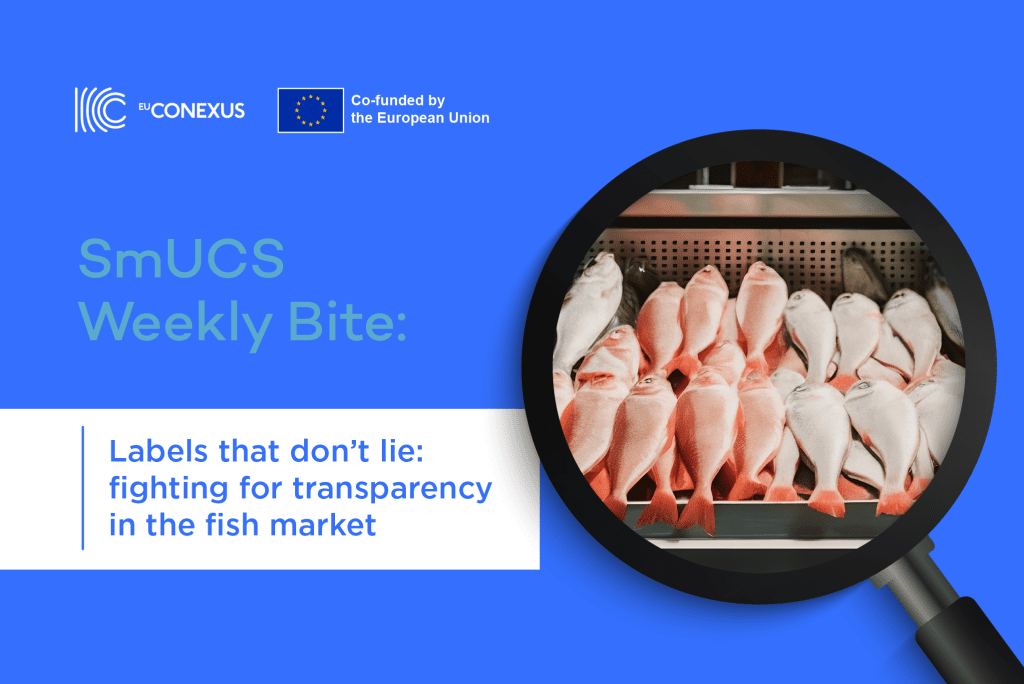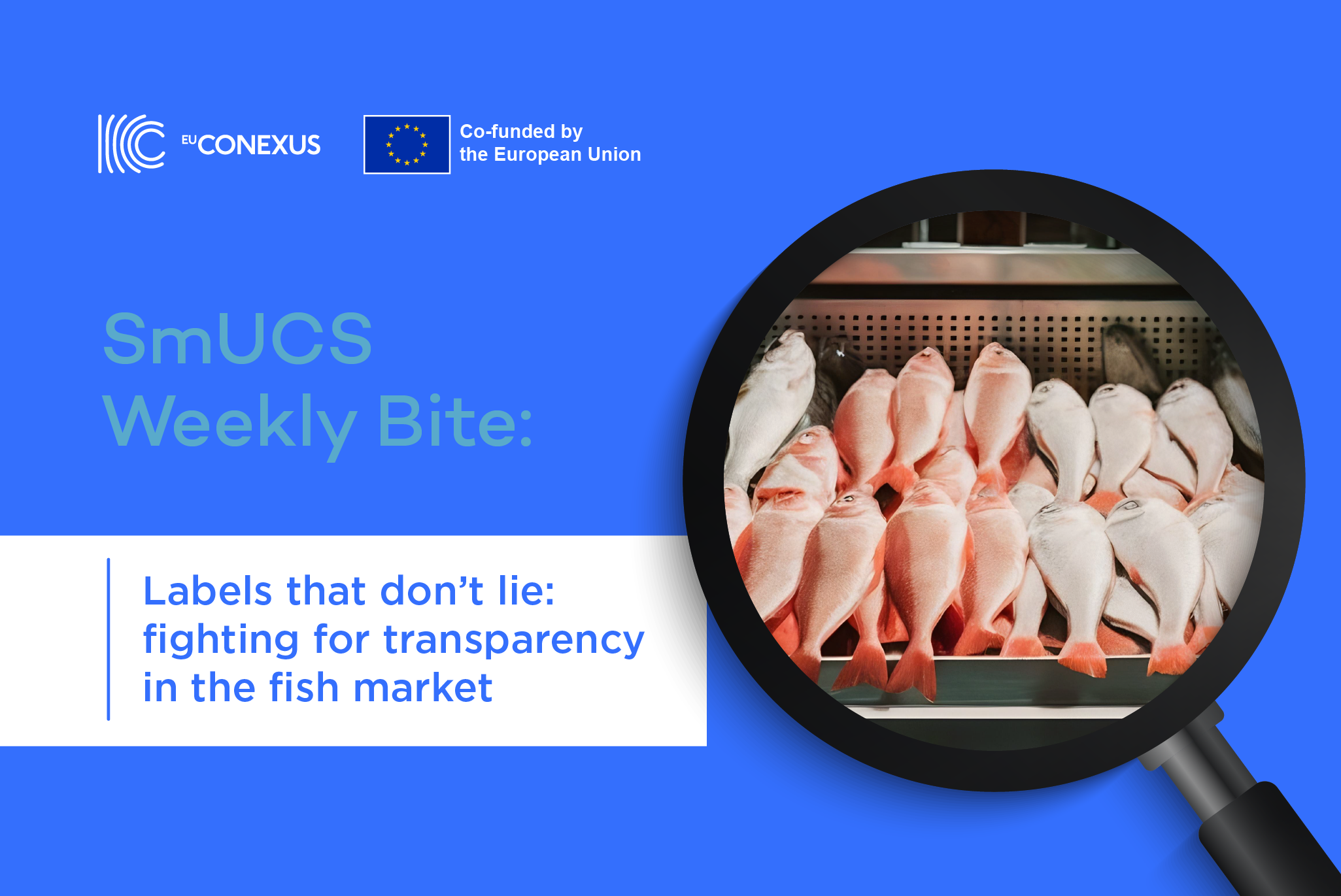When we look for fish in the supermarket, we always look at the label. How else can we be sure? After all, certain kinds of fish look very similar.
In Greece, seafood mislabelling has become a serious problem. It is especially relevant because it involves dusky grouper and white grouper – species that are classified as vulnerable and near-threatened. Besides misleading customers, this practice also fuels illegal fishing.
In response, researchers at the Agricultural University of Athens (AUA) have pioneered a new solution: a quick and cost-effective DNA testing method. By applying High-Resolution Melting (HRM), their method successfully distinguished locally sourced dusky and white groupers from imported or substituted species – even when the fish had been processed.
After successful trials, this method is set to become a valuable tool for extensive market control and biodiversity conservation efforts. It will also benefit the consumers, promoting transparency in seafood labels and supporting sustainable fishing practices.
Reference
Chatzoglou, E., Tsaousi, N., Spetsieri, A., Malandrakis, E.E. and Miliou, H. 2025. Rapid Detection of Epinephelus Species Substitution in the Greek Market Using High-Resolution Melting Analysis. Genes 16(3), p. 255. doi: 10.3390/genes16030255.



